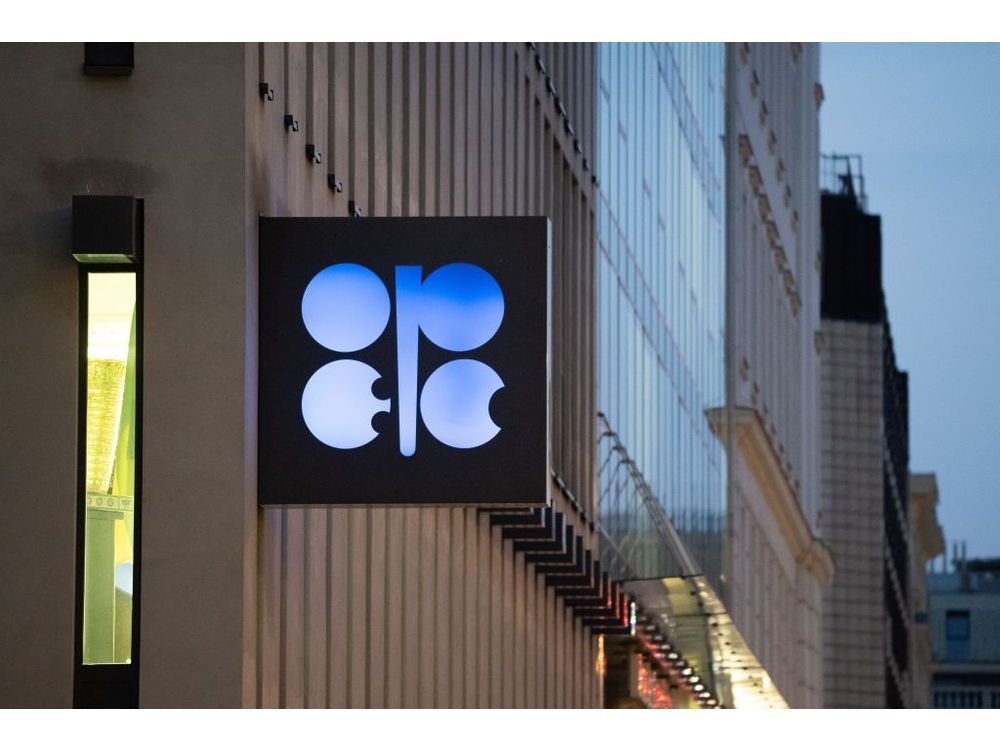What is a Forward Rate Agreement (FRA)?
Forward rate agreements are customized over-the-counter financial contracts. Through these agreements, two parties can predefine the interest rates for contracts that will commence in the future. One of these counterparties includes a buyer that borrows a principal amount at a fixed interest rate. The other is a lender that agrees to provide the loan at the specified time and rate.
When both counterparties enter the forward rate agreement, they specify some terms for it. Usually, it includes the rate that will be applicable in the future, the notional value, and the termination date. After signing the contract, one party makes cash payments to the other. This payment represents the net difference between the contract’s interest rate and the floating interest rate in the market.
How do Forward Rate Agreements work?
A forward rate agreement involves two parties, known as the buyer and the seller. The buyer is the party that fixes the borrowing rate at the inception of the contract. The seller, on the other hand, sets the lending rate. At the contract’s commencement, there is no profit or loss for both parties. However, this position changes as time progresses.
The profit or loss that each party makes in a forward rate agreement depends on whether the market interest rates increase or decrease. Usually, the buyer benefits when the market interest rates increase compared to the fixed rate at inception. However, the seller also profits if the interest rate declines compared to the fixed rate at commencement.
What is the purpose of Forward Rate Agreements?
Forward rate agreements have many use cases. Usually, parties use FRAs to freeze their interest rate for the future. This way, they can protect themselves against any adverse impacts of interest rate fluctuations. For this to happen, the counterparty must agree to enter the agreement. However, the counterparty must believe the interest rates will go the opposite direction to benefit.
What are the advantages and disadvantages of Forward Rate Agreements?
There are various advantages for counterparties that use forward rate agreements. Most importantly, forward rate agreements allow investors to mitigate their interest rate risks. Investors use it for trading based on market participants’ interest rate expectations. For companies, forward rate agreements enable the use of derivative contracts that stay off-balance sheets.
Furthermore, forward rate agreements allow parties to reduce future borrowing and lending risks. If an investor expects any adverse movements in interest rates in the future, they can use these agreements to protect themselves. This way, they can obtain certainty around their transactions in the future. However, these contracts can also beneficial to the opposite party.
However, forward rate agreements involve the transfer of risks associated with future contracts to other parties. In these contracts, either the buyer or seller will bear the loss related to interest rate risk. Therefore, the counterparty risk associated with these agreements is high compared to other futures contracts. Forward rate agreements can also be challenging to close before maturity.
What is a Forward Rate Agreement example?
A company, Red Co., enters into a forward rate agreement with another company, Blue Co. In this agreement, both parties agree that Red Co. will receive a fixed rate of 4% on a nominal amount of $1 million. This interest will be one year from the contract date. The fixed-rate agreement will be 30 basis points lower than the set rate.
In exchange, Blue Co. will receive the six-month LIBOR rate on the nominal amount determined in three years. As with all other forward rate agreements, this agreement is also cash-settled. The parties will make the payment at the beginning of the forward period after discounting the amount using the contract rate.
Conclusion
Forward rate agreements are over-the-counter derivative contracts. Through these agreements, two parties can predefine the interest rate for a future contract. Any fluctuations in the interest rates in the future can cause profits or losses. Forward rate agreements can be highly beneficial for both parties. However, one party has to make a loss for the other to profit.
Further questions
What's your question? Ask it in the discussion forum
Have an answer to the questions below? Post it here or in the forum



